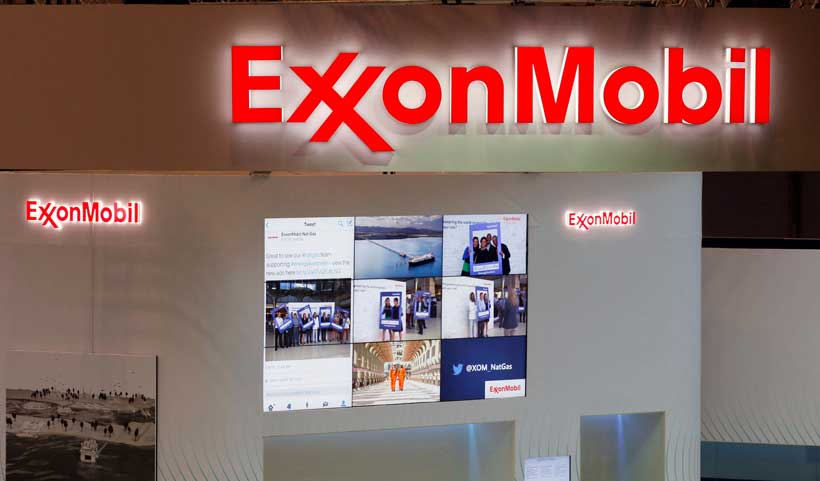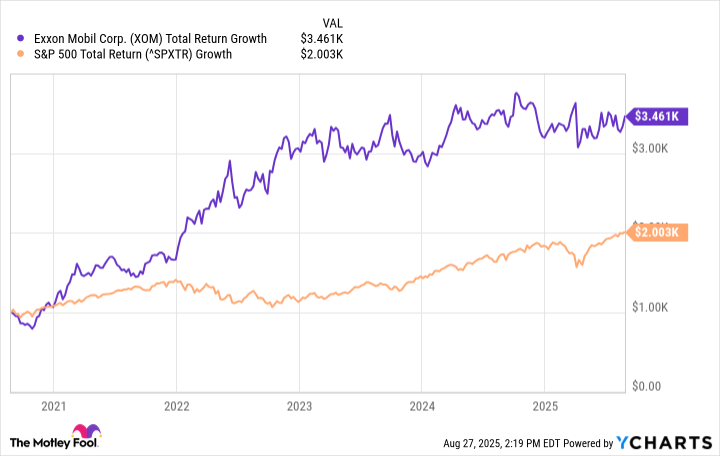ExxonMobil Weighs Exit from European Chemical Plants
Background
Europe’s chemical industry has been under heavy strain since the 2022 energy crisis. U.S. tariffs and rising competition from cheaper Chinese imports have made recovery harder for Western producers, forcing many to downsize operations.
What Happened
The Financial Times reported ExxonMobil is considering selling chemical plants in the UK (Fife ethylene site) and Belgium.
Early-stage talks with advisers suggest potential deals worth up to $1 billion.
Alternatives include shutting down the facilities if no suitable buyer emerges.
Why It Matters
Exxon’s retreat would mark another blow to Europe’s struggling chemicals sector.
Competitors like LyondellBasell and Sabic are also cutting back in Europe, pointing to a broader industry downsizing trend.
Tariffs and competition from Asia are reshaping supply chains, further weakening Europe’s industrial base.
Stakeholder Reactions
Exxon declined to comment on “rumours or speculation.”
Analysts note that the company had already entered talks to divest its French Esso unit earlier this year, reflecting a wider strategy of trimming European assets.
Industry observers warn of job risks and weakened local supply chains if Exxon and others exit Europe.
What’s Next
Exxon could finalize a sale, close plants, or delay decisions depending on market conditions.
If more players scale back, Europe may become increasingly dependent on imported chemicals, deepening strategic vulnerabilities.
with information from Reuters


